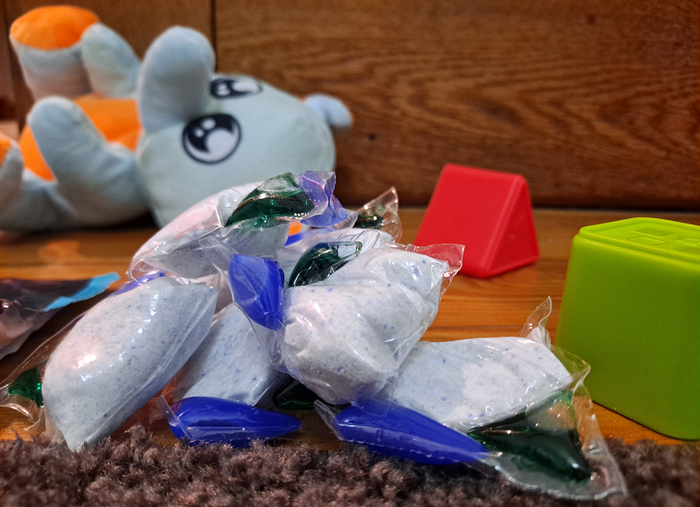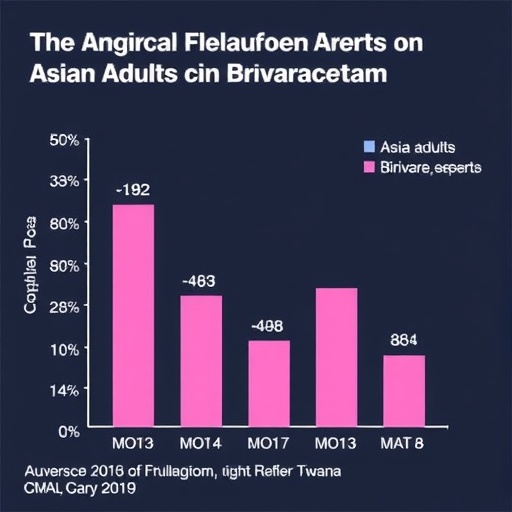Researchers at West Virginia University suggest dental professionals could be key to raising awareness about the serious health risks associated with colorful detergent pods commonly used for household chores.

Credit: WVU Photo/Jake Stump
Researchers at West Virginia University suggest dental professionals could be key to raising awareness about the serious health risks associated with colorful detergent pods commonly used for household chores.
In a recent study published in The Journal of Dental Hygiene, Dr. R. Constance Wiener and Christopher Waters, both of the WVU School of Dentistry, and Ruchi Bhandari in the WVU School of Public Health explored trends in detergent pod injuries resulting in emergency department visits in children younger than 18. They found incidents between 2016-2020 remained at an unacceptable high level, reinforcing their theory that more public awareness is needed.
Introduced in the United States in 2010, concentrated liquid detergent pods can resemble candy to children and ingestion can result in serious health issues. By design, the pods’ water-soluble membranes dissolve easily and, if a child places it into their mouth, the internal highly alkaline content can cause poisoning in addition to chemical burns and rapid swelling that could result in upper airway blockage, lung damage and esophageal perforation, as well as destruction and swelling of other tissue — all considered oral-aerodigestive/ingestion poisonings injuries. Even if not ingested, the pods can burst and cause eye injuries.
“Often, oral trauma associated with a child’s ingestion of items such as detergent pods, button batteries or chewing on electrical cords, for example, is not considered until it is too late,” Wiener said. “With the recent trend in social media challenges, we wanted to bring this topic to the awareness of dental healthcare personnel to include it as part of the anticipatory guidance that patients receive during dental care.”
Specifically, the team looked at data recorded after 2015, the year ASTM International — a group of industry, consumer and government leaders — recommended safety standards to lower the risk of accidents associated with the pods. Several manufacturers complied with measures including adding an unpleasant odor to the outer membrane and making the container packaging opaque and childproof.
“We were interested to see if detergent pod-related injuries in children had changed following the five years since the implementation of these standards and statutes,” Waters said.
According to the data, there were an estimated 13,176 detergent pod-related oral-aerodigestive injuries/ingestion poisonings and 8,654 detergent pod-related ocular injuries in children younger than 18 requiring emergency department visits from 2016-2020. Those results show that, during the five-year study period, there was no change in the rate of pod-related oral-aerodigestive injuries/ingestion poisonings, while there was a slight decrease in the detergent pod-related ocular injuries.
To conduct the cross-sectional study, the team used data collected from the National Electronic Injury Surveillance System. A secondary analysis was performed on the NEISS data from 2016-2020 for children ages birth to 18 years. Injuries were identified as detergent pod-related oral-aerodigestive/ingestion poisonings, detergent pod-related ocular injuries or other product-related injuries among children.
However, the age of study participants plays a role in the results showing all types of detergent pod injuries occurred more frequently in those 3 years old to younger than 5.
“This age group is inquisitive and is more likely than older children to consider the pods as candies,” Wiener said. “They may also have greater access to the pods than infants and younger children.”
Since dental professionals routinely provide health and safety counseling to children and their parents, Wiener said including detergent pod precautions would be a natural fit. In addition, the team is working on an emergency care resource sheet to serve as a takeaway from conversations between dental professionals and parents on the topic.
“We hope to build awareness of the accessibility of a common household item and encourage prevention,” Wiener said.
Article Title
Detergent Pod-Related Oral-aerodigestive/ocular Injuries in Children, Ages >0 to <18 years
Article Publication Date
28-Feb-2023




